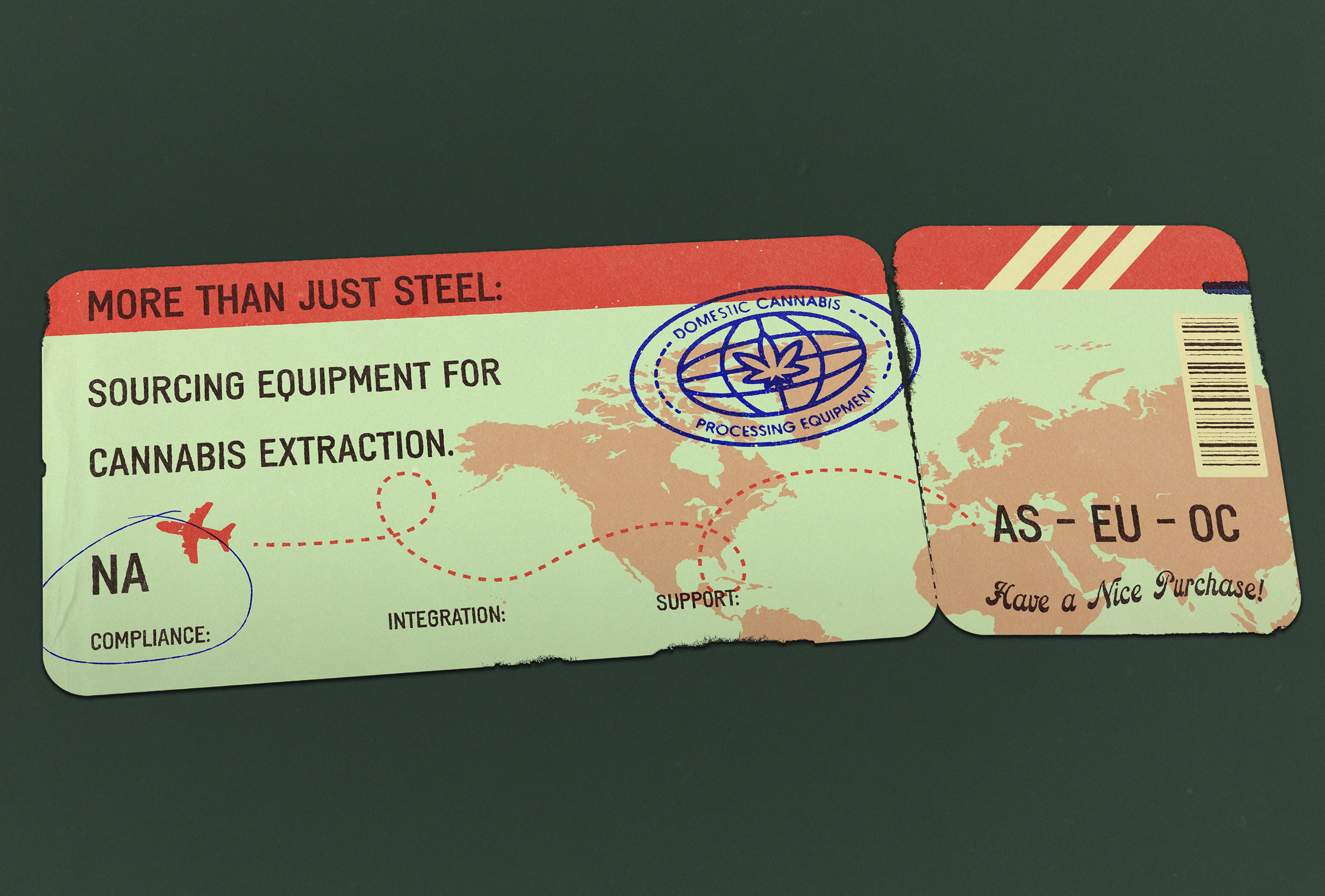We often hear comments from people within the cannabis and hemp extraction industry about the costs of North American-made equipment. These typically come from folks who have shopped around online, and saw that the cost of importing a similar product from overseas can be lower. While it is true that imported cannabis extraction equipment often comes with a lower price tag, these discount systems don’t necessarily offer savings for extractors in the long run.In this article, we will outline some of the things to think about when considering this equipment which may cause hidden costs down the road.
What’s Included?
The first thing to determine with equipment with a low sticker price is what is included with the equipment. Often equipment online will be listed at a fraction of the price because it excludes extravagant upgrades such as pumps, heaters, and controls (AKA everything that makes an evaporator run). These steel-only “systems” can be a great option for companies with experienced fluid system engineers on staff. However, without all the prerequisite knowledge in-house, the task of sourcing these components such that they will be safe and properly sized is a huge undertaking.
Compliance
Much of the additional costs associated with North American equipment arise from compliance. All components on our system (and most of our competitors’ systems) are listed with a NRTL (Nationally Recognized Testing Laboratory) such as UL, CSA or FM for use in the appropriate locations. Additionally, each panel is inspected and signed off on, and the system as a whole is reviewed by third party engineers. This is all in an effort to make it easier for local authorities to sign off that the machine is safe.
It is critical to understand what your local authorities will accept, and compare that to what the equipment supplier is offering. For example, if the pumps are not listed with a NRTL, and instead have an ATEX rating, will your authorities allow that? Do they require a peer review? Do your vessels have an ASME rating? Do they need one? If the system is not compliant with the local regulations, then the authorities will not sign off on it. It doesn’t matter how great of a deal you get on a piece of equipment if you legally aren’t allowed to turn it on. You can spend time re-engineering and retrofitting these machines to make them compliant, but at that point much of the savings are negated, at the added cost of time and inconvenience.
Integration
Let’s say you get a great deal on some overseas equipment, and it is acceptable to your local authorities, then what? The next step is figuring out how it will integrate into your process. With some equipment it will be easy; the requirements are clear, the process connections are standard, and it is designed with specific equipment in mind. However, that often is not the case. Different countries often standardize on different fitting styles and sizes. While matching that up in itself is not a difficult task, it can have negative effects on system performance. A good example of this is in sourcing circulation heaters, where mismatched line sizes between the heater and heated vessel will result in slowed circulation and uneven heat distribution.
Support
One of the biggest advantages to buying within North America is the support. Ask yourself what level of support you want and your potential suppliers overseas what kind of support they offer. Will you be in charge of your own installation, commissioning, and training? Who do you call if your extractor breaks down? How long will it take to get replacement parts for your falling film evaporator? Overseas equipment can be a great option, but if it is not distributed and serviced locally then you are likely to expend a great deal of time and resources getting and keeping it operational.
Conclusion
As stated multiple times in this article, there are many companies for whom imported equipment will be right for. Likewise, there is certainly some high quality equipment manufactured overseas that will work perfectly well for certain applications. However, a lot of these advertised systems are too good to be true. In many cases they will require excessive time and energy to get operational, and the associated setup costs will negate most or all of the savings initially garnered. When downtime costs as much as it does in this industry, the goal should be to get operational as soon as possible and remain that way as long as possible. The best way to do so is by choosing turnkey equipment with local, responsive service people.
Yellowstone Extraction Co. manufactures its equipment exclusively in North America. Interested in buying? Contact us today for a quote on one of our models.
Request a Quote